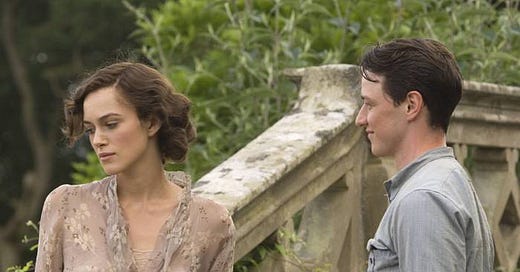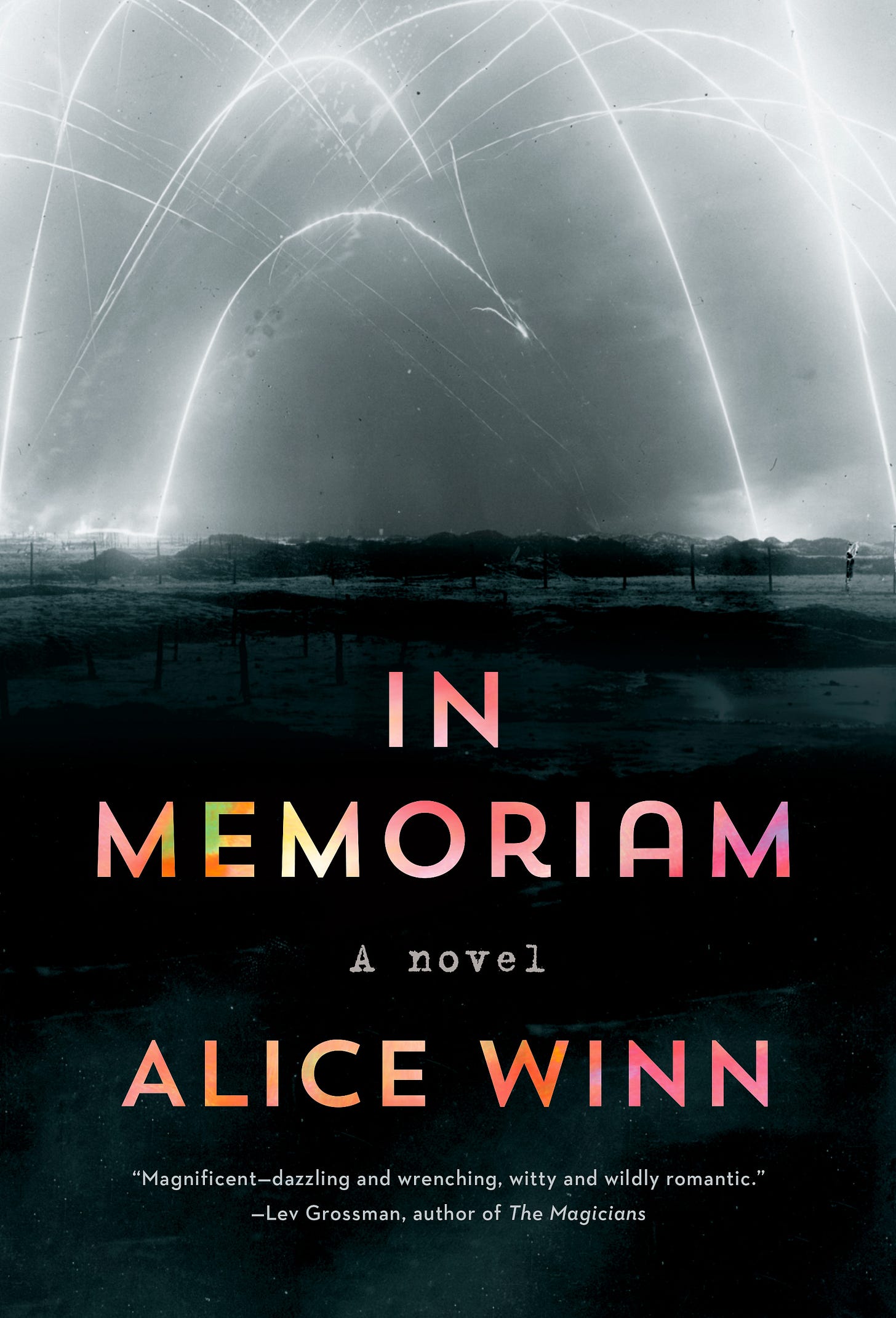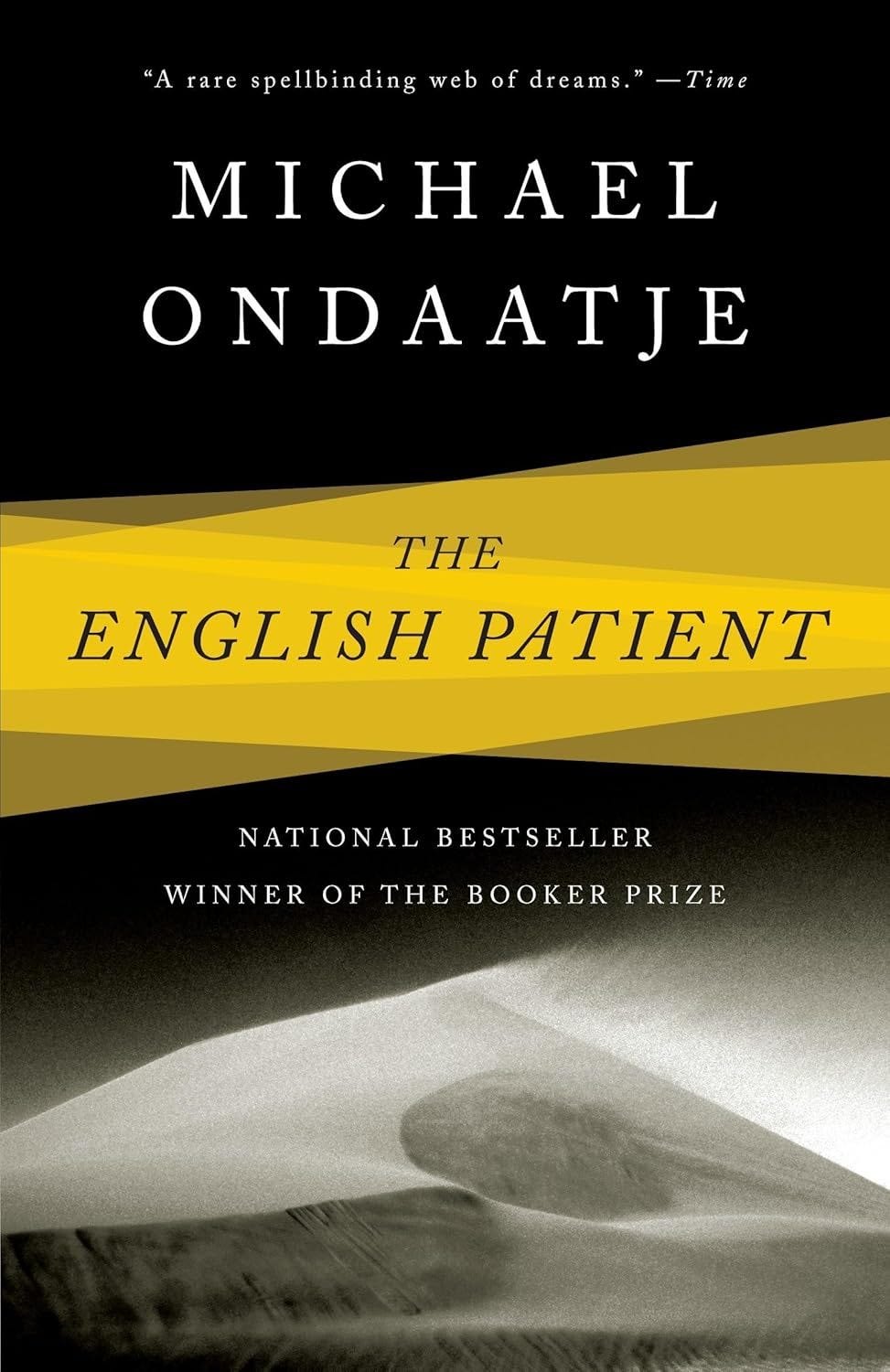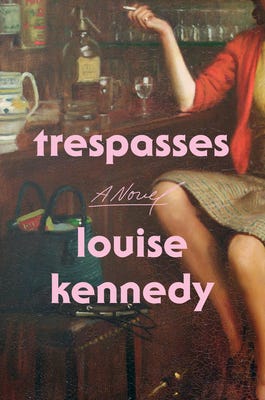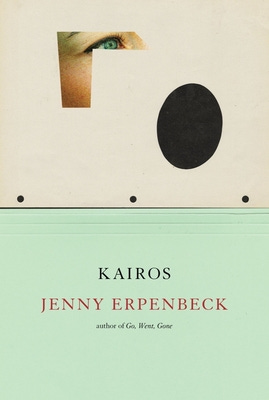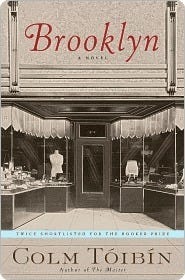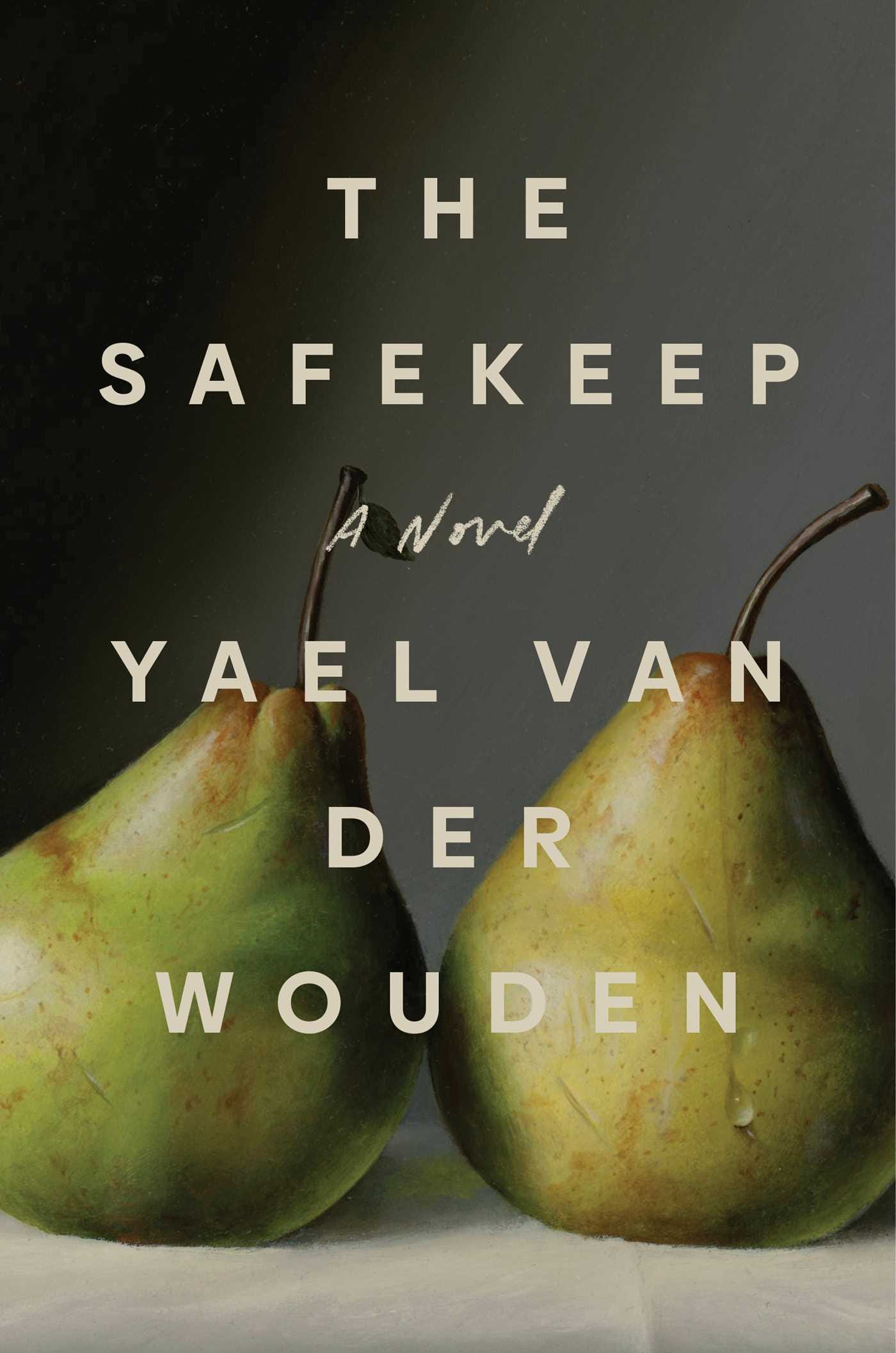One of my favorite sub-genres is the very well-written (but often doomed) historical fiction love story. Some of these are epic loves. Others are more toxic. Here are few of my favorites:
Wartime love stories:
In Memoriam by Alice Winn
In Memoriam is a love story between two British soldiers during World War I. Henry Gaunt and Sidney Ellwood meet at an idyllic boarding school in the English countryside. Gaunt is half-German, and despite being a pacifist, he enlists in the British army to forestall the anti-German sentiment his family faces. His decision prompts Ellwood to enlist as well. Winn follows the two through WWI and its aftermath.
This book was one of my favorite reads of the year. Winn writes a moving, gorgeous love story between Ellwood and Gaunt. The book is also well-researched — Winn captures the horrors of WWI and the experience of the quarter of a million boys under eighteen who joined the British Army during the war.
Rating: 5/5
Genre: Historical Fiction (Love Story)
Notable prizes/book clubs/lists: Waterstones Novel of the Year Award (2023)
Page count: 382 pages
Audio: 12 hours 37 minutes (good British narrator)
Movie/TV pairings: Testament of Youth
Atonement by Ian McEwan
Atonement (yes, this is the book the Keira Knightly movie was adapted from) is set in three different periods: 1935, World War II, and late-twentieth-century England. The novel's first part is set in 1935 on the Tallis estate in Surrey. Cecilia Tallis and Robbie Turner provide the novel’s love interest. Robbie is the son of the former gardener of the Tallis estate, and he and Cecilia have just graduated from Cambridge. Thirteen-year-old Briony, Cecilia’s sister (and the novel’s heroine), watches the two flirt and misinterprets their relationship. Briony’s misunderstanding tears the family apart.
Atonement might be more of a family novel than a traditional love story, but it’s incredible. McEwan’s prose makes this worth a read, even if you’ve already seen the adaptation.
Rating: 4.3/5
Genre: Historical Fiction (Love Story/Family Novel)
Notable prizes/book clubs/lists: Shortlisted for the Booker Prize (2001)
Page count: 351 pages
Audio: 14 hours 14 min
Movie/TV pairings: Atonement (the movie adaptation)
The English Patient by Michael Ondaatje
The English Patient is set in Northern Africa and Italy from 1939 to 1945.
Overview: The novel opens in 1945 in a bombed-out Italian villa outside Florence. The villa had been used as a war hospital but was abandoned as the Allies moved north through Italy. One patient, the eponymous English patient, remains. He has amnesia and was badly injured when his plane went down in Northern Africa: “A man with no face. An ebony pool. All identification consumed in a fire. Parts of his burned body and face had been sprayed with tannic acid that hardened into a protective shell over his raw skin.” Hana, a young Canadian nurse, cares for him.
Two other characters later join Hana and the English patient in the villa: David Caravaggio, a military spy and Hana’s family friend from Canada, and Kirpal Singh, a Sikh soldier who defuses bombs. Caravaggio sets out to uncover the truth of the English patient: Is he a Nazi collaborator or a war hero? Under the steady drip of morphine, the English patient slowly tells his story.
Opinion: The English Patient is one of the most well-known books of the past few decades. It won the Booker Prize in 1992, and the film adaptation won nine Academy Awards, including best picture. I saw the movie years ago but never read the book until this week.
The movie puts romance at its center. In the book, the love story is present and inextricably tied to the mystery of the English patient, but it’s just one of several narrative threads and relationships. The novel’s plot is also more unbalanced, as it is told piecemeal by a dying patient in a morphine-induced haze.
The genius of The English Patient is Ondaatje’s prose. The English patient emerges from his plane crash adorned with an “antlered hat of fire.” The patient and his lost love walk through “the indigo markets” of Cairo: “The beautiful songs of faith enter the air like arrows, one minaret answering another, as if passing on a rumor of the two of them as they walk through the cold morning air, the smell of charcoal and hemp already making the air profound. Sinners in a holy city.”
I love how Ondaatje describes the simplest activities, like reading. At one point, the English patient interrupts Hana as she is reading a book out loud to him:
Read him slowly, dear girl, you must read Kipling slowly. Watch carefully where the commas fall so you can discover the natural pauses. He is a writer who used pen and ink. He looked up from the page a lot, I believe, stared through his window and listened to birds, as most writers who are alone do. Some do not know the names of birds, though he did. Your eye is too quick and North American. Think about the speed of his pen. What an appalling, barnacled old first paragraph it is otherwise.
I was also impressed by the amount of historical context Ondaatje incorporated into this book. He vividly describes Kip’s intricate bomb defusing and weaves in countless historical details. The English patient is based on a real person, and Villa San Girolamo is an actual villa that served as a temporary hospital.
That said, I understand why this book might not meet everyone’s high expectations, particularly because it falls short if you are expecting an epic romance. It’s not a classic war love story. I wasn’t completely invested in the romance, and the ending did not devastate me. It’s hard to say if that’s because of the novel’s uneven structure (we slowly piece together the love story from a man on his deathbed), or because this book/movie is so famous that I remembered the basic plot twist, or because the love story itself reads more like a passionate affair (the two are still in a honeymoon period and idealize each other). It’s probably a combination of all three. However, I don’t think that the romance is the main point of this book.
Overall: I would definitely recommend this book to someone who loves literary historical fiction with the caveat that it is quite different than the movie.
Rating: 4/5
Genre: Historical Fiction
Notable prizes/book clubs/lists: Booker Prize Winner (1992)
Page count: 320 pages
Audio: 8 hours 56 minutes
Movie/TV pairings: The English Patient (1996 adaptation)
Love in the time of political unrest/the surveillance state:
Trespasses by Louise Kennedy
Trespasses is set in 1975 in Belfast, Northern Ireland, at the height of the Troubles. Cushla Lavery, a 24-year-old Catholic schoolteacher, falls in love with Michael Agnew, a married, older Protestant lawyer in his 50s committed to fighting for civil rights for Catholics.
This plot might sound like a straightforward forbidden love story, but Kennedy’s writing elevates their struggles. I loved this book and couldn’t put it down.
Rating: 4.5/5
Genre: Historical Fiction (Love Story)
Notable prizes/book clubs/lists: Women’s Prize for Fiction (2023); Waterstones Debut Fiction Prize (2022)
Page count: 304 pages
Audio: 8 hours 59 minutes
Kairos by Jenny Erpenbeck
Kairos is set in East Berlin in the late 1980s and early 1990s and follows a toxic, yearslong love affair between Katharina, a nineteen-year-old theater design student, and Hans, a married writer and broadcaster thirty-four years her senior. The novel opens with Katharina learning of Hans’s death. Cardboard boxes of his papers are delivered to her apartment—an almost bureaucratic catalog of their love affair. (Erpenbeck divides the novel into two parts — labeled Box I and Box II).
Erpenbeck then takes the reader back to 1986, during a summer rainstorm (beginning of Box 1), when Katharina and Hans meet and begin a secret affair. Their generation gap is evident at the outset. He’s old enough to have been part of the Hitler Youth as a young boy and now is on an East German pension plan. He clings to the past. Katharina has been raised in the Socialist state and is just starting her life. She is more of a blank slate. Hans acts almost like a teacher to Katharina; he fills her library with famous male writers and composers (Bach, Thomas Mann, Marx).
Their differences gradually become starker, and the relationship becomes increasingly toxic. Hans becomes more coercive and controlling — punishing her for perceived transgressions. Their sex life becomes more intense, veering into BDSM territory. Things between them get more twisted and dramatic in the novel’s second part (Box II).
Meanwhile, the East German state crumbles around them, and eventually, the wall falls. Erpenbeck follows Katharina and Hans through the early years of German reunification. The East Germans feel that West Germany has absorbed and erased their reality. We also see the power dynamics shift between Katharina and Hans, and the inertia that has held them together for so many years fades away.
Kairos is a beautiful, bleak novel with a lot going on. It is not a love story; it portrays the breakdown of a relationship and an entire political system. Erpenbeck uses Hans and Katharina as an allegory for the dissolution of East Germany. Hans’s surveillance and control of Katharina reflect that of the German Democratic Republic. Betrayals in the relationship mirror the Soviet Union’s obfuscations and lies. (This metaphor has more layers, but I will not spoil or explore them all here.)
Kairos is definitely not for everyone — it’s a slower read about a toxic relationship. I loved it, but I am incredibly interested in German history. This book is a rich, intimate portrait of East Germany. I also like an age-gap literary romance (I would compare this doomed relationship to modern books like Sally Rooney’s Conversations with Friends or Raven Leilani’s Luster).
Rating: 4.3/5
Genre: Historical Fiction; Literary Fiction
Notable prizes/book clubs/lists: International Booker Prize (2024)
Page count: 314 pages
Audio: 10 hours and 25 minutes
Movie/TV pairings: The Lives of Others
Non-wartime love stories:
Euphoria by Lily King
This was published in 2014 and topped the bestseller and “Best Books of the Year” lists. It takes place in 1933 in Papua New Guinea.
In 1933, anthropologist Margaret Mead and her second husband, Reo Fortune, collaborated with Gregory Bateson in the Sepik River in Papua New Guinea. Bateson and Mead would later marry. King blends this (real) trip into a work of historical fiction. American Margaret Mead becomes Nell Stone; New Zealand-born Reo Fortune becomes the Australian Schuyler “Fen” Fenwick; and British Gregory Bateson becomes Andrew Bankson. Nell is already well-known in her field after publishing a bestseller. Her husband, Fen, is jealous of her success. Bankson is depressed and lonely and encourages them to stay on the Sepik River. A tragic love triangle ensues.
I loved this book—the premise, the prose, the setting, the tension of the love triangle, and the characters. I can’t believe I didn’t know about it until a decade after it was first published. I highly recommend it!
Rating: 4.5/5 stars
Genres: Historical Fiction; Literary Love Triangles
Notable prizes/book clubs/lists: NYT Top Ten Books of the Year (2014)
Page count: 256 pages
Audio: This works well on audio (about 7 hours long).
Movie/TV pairings: The Lost City of Z (also a great book)
Call Me by Your Name by André Aciman
Call Me by Your Name (also adapted into a movie) is set on a villa in the Italian Riviera in the mid-1980s and follows a summer romance between seventeen-year-old Elio and twenty-four-year-old Oliver. Oliver is a postdoc teaching at Columbia who is staying with Elio’s family for the summer while he finishes his manuscript. Elio quickly falls into a deep romantic and sexual obsession with Oliver.
This book is intoxicating, beautiful, and sad. Aciman captures that all-encompassing (but also miserable) experience of first love.
Rating: 4.5/5
Genre: Historical Fiction (Love Story)
Page count: 248 pages
Movie/TV pairings: Call Me by Your Name (the movie adaptation)
Brooklyn by Colm Tóibín
Brooklyn (adapted into the movie starring Saoirse Ronan) is set in 1950s Brooklyn and Ireland. Ellis Lacey leaves her small town in Ireland for New York. She works at a department store in Brooklyn and falls in love with Tony and his large family. But just as she settles in, she receives devastating news from Ireland.
Brooklyn is a great read (but it does start slow). And even if you’ve seen the adaptation or know it exists, now you can read it armed with the knowledge that you can picture Saoirse Ronan as Ellis.
Rating: 4/5
Genre: Historical Fiction (Love Story)
Notable prizes/book clubs/lists: Longlisted for the Booker Prize (2009)
Page count: 288 pages
Audio: 7 hours 50 minutes
Movie/TV pairings: Brooklyn (the movie adaptation)
The Safekeep by Yael van der Wouden
The Safekeep is set in the summer of 1961 in a small town in Overijssel, a province in the Dutch countryside. The book opens with Isabel, who is nearly 30 and lives alone in her late mother’s home, finding a fragment of a plate that matches her mother’s collection of fine dishes. Isabel is a bit of a curmudgeon — she spends most of her time obsessively polishing her family’s silver and cataloging their possessions. When her brother, Hendrik, complains that the best items in the house are stored behind glass, Isabel responds, “They are not for touching. They are for keeping.” We soon learn that while Isabel has no plans to leave, she has no legal claim on the home. It has been promised to her other brother, Louis, should he ever start a family.
One day, Hendrik and Louis come over for dinner, and Louis brings his new girlfriend, Eva. Louis informs Isabel that he has to leave the country for a few weeks for work and that Eva will stay with her at the house. Eva is Isabel’s antithesis — she is messy, sleeps late, and is generally a type-B person in contrast to Isabel’s rigid and uptight nature. Once Louis leaves, this book becomes an intense psychological drama as the two women navigate the stifling and claustrophobic atmosphere in the house. Isabel grows suspicious of Eva and thinks she is stealing things. As the tension mounts, Isabel and Eva start a steamy love affair.
Van der Wouden’s debut is a beautifully written domestic novel with taut prose, vivid characters, and a carefully constructed plot. The home is a rich protagonist, like in Daniel Mason’s North Woods or Anne Pachett’s The Dutch House. While the ending did not surprise me, it felt earned.
This book is thematically dense — van der Wouden explores themes of home, collective and individual memory, intimacy, and sexual repression. The Safekeep is also a vehicle for van der Wouden to explore the wider failure in the postwar Netherlands to reckon with the legacy of Nazi occupation and the fate of the Dutch Jews. Isabel’s inability to move on from her late mother’s death mirrors the quiet avoidance of the war in the Netherlands. At one point, one character comments on a Jewish family who lost their home: “If they cared about it, they would have come back for it. No. They’re gone. They’re gone or they don’t care. So many are gone.” (In 2017, van der Wouden — who moved to the Netherlands from Israel in the 1990s when she was 10 years old — published an essay on the persistent antisemitism in the Netherlands.)
I highly recommend The Safekeep to those interested in literary fiction.
Rating: 4.5/5
Genre: Historical Fiction; Messy Women
Notable prizes/book clubs/lists: Shortlisted for the Booker Prize (2024)
Page count: 272 pages
Audio: 9 hours 30 min
Movie/TV pairings: Carol, Disobedience
Food pairings: Pears

